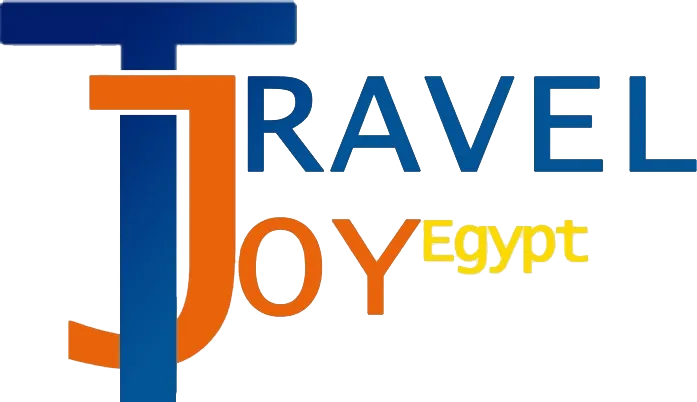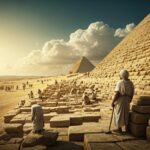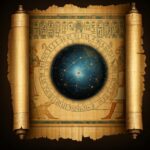Ancient Egyptian culture was deeply intertwined with religion and spirituality, and animals played a significant role in their daily lives and beliefs. Egyptians believed that animals were embodiments of gods and symbols of divine power. These sacred animals were not just revered but were considered to be protectors, mediators, and manifestations of the gods themselves. As Egypt continues to be a major tourist destination, especially for those interested in history, ancient Egyptian culture, and the country’s rich religious heritage, the role of animals in ancient Egyptian society remains a fascinating aspect of its legacy.
The Role of Animals in Egyptian Mythology
Animals in ancient Egypt were often associated with specific gods and goddesses. Many deities were depicted in animal form or had strong associations with particular species. These animals were not just worshipped; they were seen as divine manifestations.
- Horus and the Falcon: The god Horus was often depicted with the head of a falcon. The falcon symbolized kingship, power, and the sky. The pharaohs of Egypt were believed to be the earthly representatives of Horus.
- Anubis and the Jackal: Anubis, the god of mummification and the afterlife, was represented with the head of a jackal. The jackal was associated with death and the protection of the dead.
- Bastet and the Cat: Bastet, the goddess of home, fertility, and childbirth, was often depicted as a lioness or a domestic cat. Cats were revered for their grace, hunting ability, and their role in protecting homes from vermin.
Sacred Bulls in Ancient Egypt
One of the most important animals in Egyptian culture was the bull, which symbolized strength, fertility, and vitality. The Apis bull, in particular, was considered a living god.
- Apis Bull: The Apis bull was kept in the Memphis temple and was considered the earthly incarnation of the god Ptah. It was highly revered, and when one of these bulls died, it was given a grand burial.
- Symbol of Fertility and Power: The bull was also associated with the fertility of the land, as its strength symbolized the agricultural abundance of Egypt.
The Divine Role of Crocodiles
Crocodiles were another significant animal in ancient Egyptian culture, often associated with the god Sobek, the deity of the Nile and fertility. Sobek was typically depicted with the head of a crocodile, symbolizing strength, protection, and the primal forces of nature.
- Sobek and the Nile: Sobek was believed to protect the waters of the Nile, which were essential for Egypt’s agriculture and daily life.
- Crocodile Cults: Some ancient Egyptians worshipped crocodiles, and there were sacred lakes where crocodiles were kept and treated with reverence.
The Symbolism of Snakes
Snakes, especially cobras, were powerful symbols in Egyptian culture, often seen as protectors of the pharaoh and symbols of royalty.
- Uraeus Snake: The Uraeus was a stylized cobra that adorned the crown of the pharaohs, symbolizing their divine right to rule. The snake was seen as a protector, striking against Egypt’s enemies.
- The Goddess Wadjet: Wadjet, the cobra goddess, was associated with the protection of Lower Egypt. She was often depicted as a cobra, both guarding the king and the land.
Sacred Birds: Vultures and Ibises
Several bird species were considered sacred in ancient Egypt, with particular species being associated with certain gods or aspects of Egyptian life.
- Vultures and Nekhbet: The vulture was the symbol of the goddess Nekhbet, who was considered the protector of Upper Egypt. She was often depicted as a vulture, watching over the pharaoh and ensuring their safety.
- The Ibis and Thoth: The ibis bird was sacred to the god Thoth, the deity of wisdom, writing, and knowledge. Thoth was depicted with the head of an ibis, and the bird was believed to embody his qualities of intelligence and communication.
The Sacredness of Animals in Modern Egyptian Tourism
Today, visitors to Egypt can explore many of the ancient beliefs and symbols associated with sacred animals through archaeological sites, temples, and museums. As Egypt continues to be a prime destination for cultural tours, many of these animals remain significant in the public’s understanding of the country’s history and spirituality.
- Visit the Egyptian Museum: The museum tour in Cairo houses many artifacts related to sacred animals, including statues and representations of gods in animal form.
- Luxor and Karnak Temples: In these grand temples, tourists can learn about the importance of animals like cats, bulls, and crocodiles in religious ceremonies.
- Guided Tours: Expert guides provide detailed insights into the symbolism of sacred animals in ancient Egyptian culture, enhancing the experience for visitors interested in the intersection of religion, history, and wildlife.
Conclusion
Sacred animals played a central role in ancient Egyptian religion and daily life. From the lioness-shaped goddess Bastet to the crocodile-headed Sobek, animals were seen not only as physical beings but as vital representations of divine forces. Today, these animals continue to capture the imagination of those who explore Egypt’s rich heritage through its monuments, artifacts, and cultural sites.



